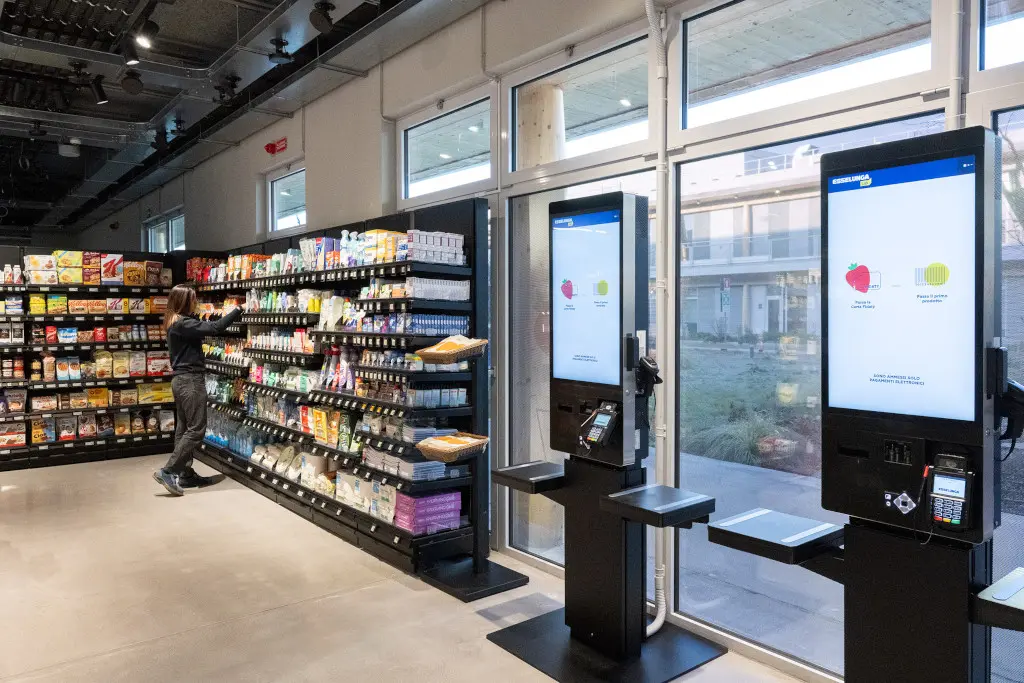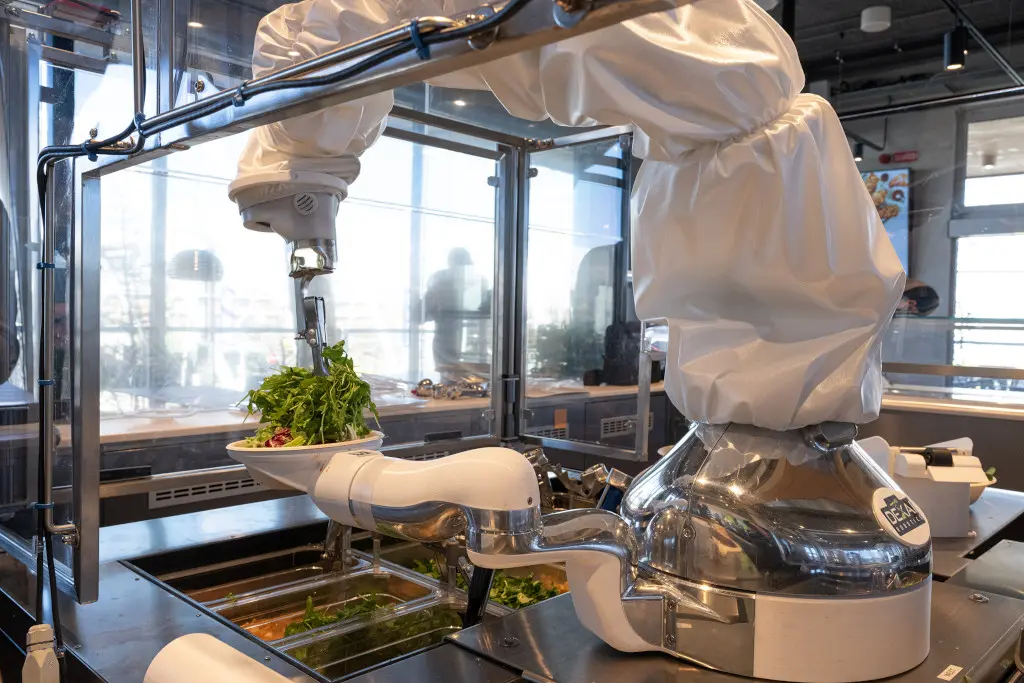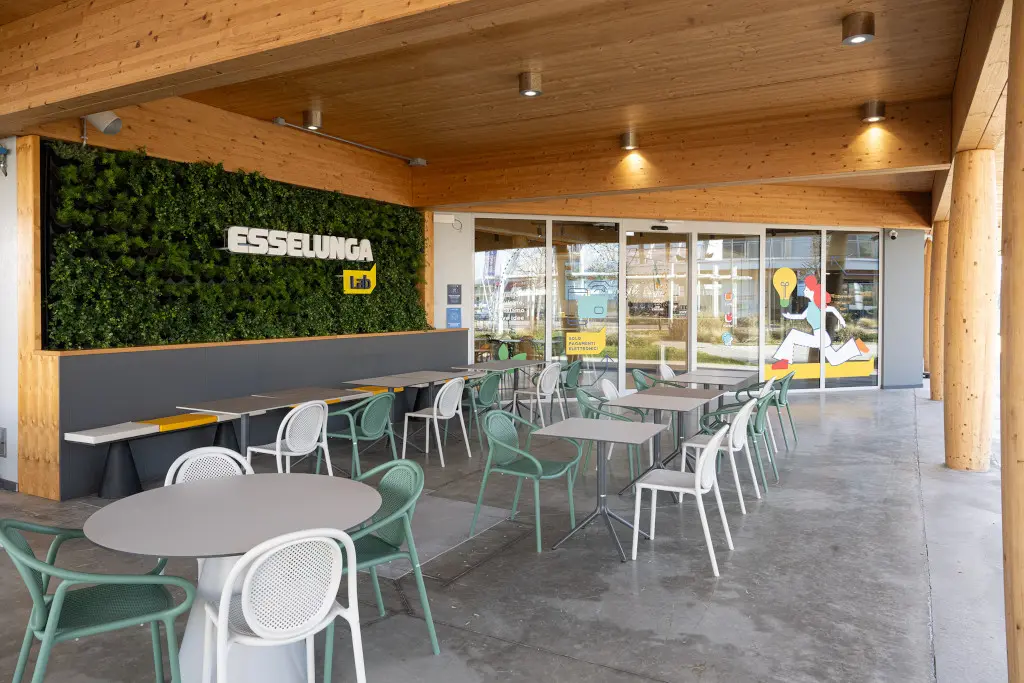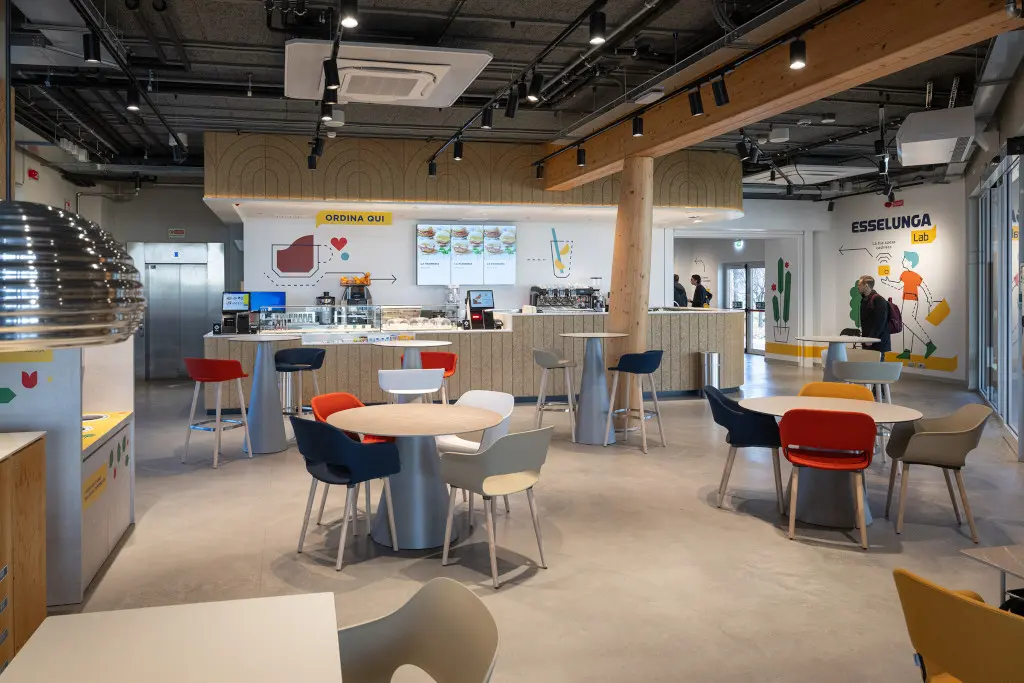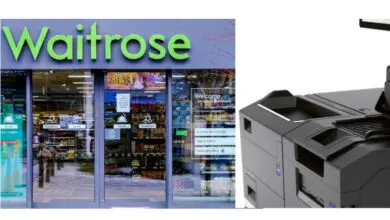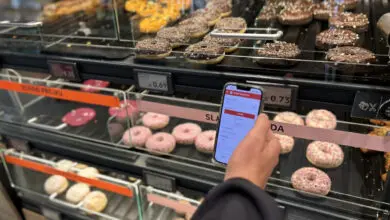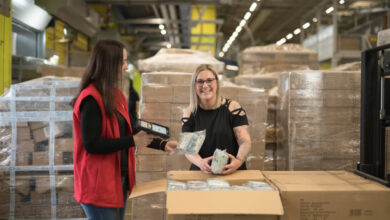Esselunga launches retail lab with Trigo and Diebold Nixdorf
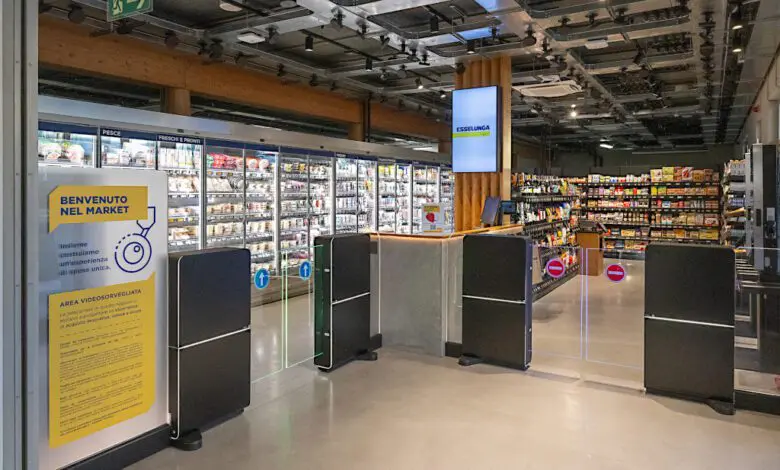
Esselunga has opened a 600 square metre test centre in Milan with a Grab & Go store and a cafeteria to enable agile testing of technologies and design concepts. The Italian retail company is testing a scanless store in its Esselunga Lab, which is equipped with technology from Israeli provider Trigo. Shoppers make scanless purchases in this store and check out at terminals from Diebold Nixdorf. In the catering area of the retail lab, a robot from the US start-up Dexai Robotics assembles salad creations in front of guests.
“At the heart of this initiative is the strategic goal of thoroughly testing and optimising innovations in a controlled environment before considering a wider roll-out in Esselunga stores,” Alexandre Rochat, Innovation Intelligence Manager, Esselunga, explained to Retail Optimiser.
The 70 square metre scannless store in Milan’s retail lab offers a selection of products for everyday needs such as sweet and savoury snacks, convenience products, baked goods, fruit and vegetables as well as packaged sushi and seafood. Shoppers enter the store via an entrance gate without having to register in an app beforehand. Previously, other Trigo users had already enabled their customers to enter their scanless stores without an app (The Retail Optimiser reported on Rewe, Aldi Nord and Edeka’s Netto).
Shopping without manned tills
With the help of cameras on the ceiling of the Esselunga store and weight sensors in the shelves, Trigo’s technology allocates the products taken out or put back to the respective customers. From this, the virtual shopping basket is formed individually for each customer without shoppers having to scan products. Self-checkout terminals from Diebold Nixdorf are located at the store exit. These show customers their selected products and the total amount of their purchase on the display. Customers can review their virtual shopping basket at the self-checkout terminals and can pay electronically only.
Esselunga informs customers at the entrance to the store that the purchasing behaviour of each customer is analysed and a virtual shopping basket is created using vision recognition technology. This is to be done anonymously, without storing biometric data or movement profiles. “The technology we have introduced aims to improve the efficiency and accuracy of checkout processes and reduce waiting times for our customers,” explains Alexandre Rochat. “This allows our employees to focus on better stock management and customer service.”
Robotics supports express catering
In Esselunga Lab’s catering area, salads ordered by shoppers are assembled with robotic support in front of the guests. The electronically controlled kitchen assistant developed by Dexai Robotics works with vision recognition and sensors to identify food, measure the fill level of supplies and assemble salad bowls automatically. According to the manufacturer, a robot of this type can prepare an average of 25 salad dishes per hour.
The team at the Esselunga Lab can monitor the operation of the robot using an app, change recipes and track the consumption of ingredients. When maintenance and cleaning work is due on the robot, employees are alerted via app. Guests can choose dishes from a constantly changing menu.
Solar panels generate heat energy
The Esselunga Lab also offers room for experimentation in the area of store design. The furniture items such as counters, tables and chairs are made from recycled or recyclable materials. The energy requirements are supported by solar panels on the roof.
Retail Optimiser Picture Gallery
